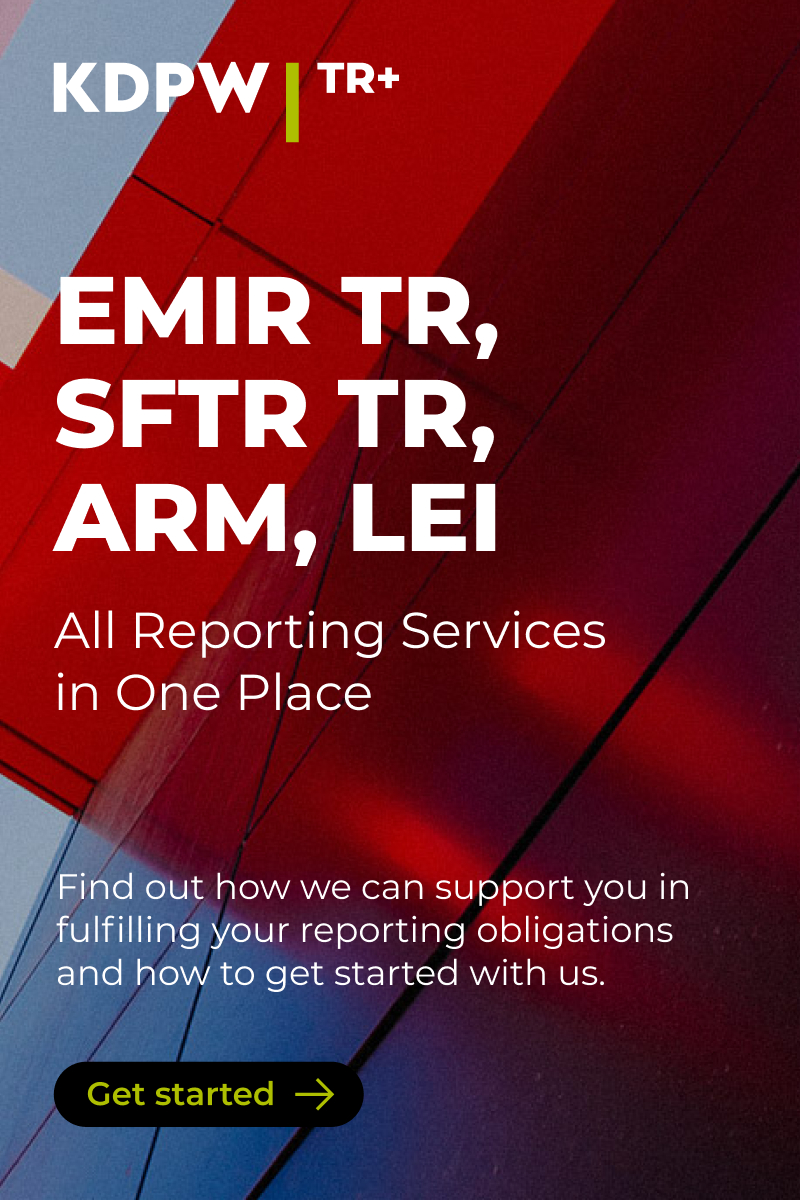Data costs as a key issue that needs to be addressed in relation to the Sustainable Finance Disclosure Regulation (SFDR), according to the European Fund and Asset Management Association (EFAMA).
This issue was listed among six other key issues in EFAMA’s response to the joint European Supervisory Authorities (ESAs) consultation on taxonomy-related sustainability disclosures in SFDR.
According to EFAMA, a high burden is placed on market participants to comply with the SFDR and taxonomy disclosures requirements when accurate, consistent, and comparable data on taxonomy alignment is not available.
Due to the market concentration among environmental, social and governance data, research and rating providers, there is a risk for high fees being charged by taxonomy data providers.
The association notes that this leads to increased costs for end-investors and creates barriers to entry for new players and sustainable investors.
Key performance indicators (KPI) is another area that needs to be addressed. EFAMA says the amended RTS should seek consistency with the KPI specifications provided under the forthcoming Delegated Act under Article 8 of the Taxonomy Regulation.
Timeline-related implementation challenges were also noted in EFAMA’s response. If the taxonomy-related amendments to the SFDR RTS are finalised only after the commission endorsed the initial SFDR RTS submitted by the ESAs in February, the technical standards would not be endorsed as a single rulebook.
EFAMA suggests it could result in two sets of RTS coming into force at different times, thereby confusing the market.
Elsewhere in its response, the association highlights that assets not covered by the taxonomy need attention.
The commissions' approach to non-assessable assets, such as sovereign bonds, cash or commodities needs to find a balance between the principles of comparability, conciseness, and relevance, the association says.
While a mandatory inclusion of all assets might boost comparability, EFAMA notes it will also significantly dilute the taxonomy alignment ratio and unduly penalise funds with high exposure to assets that have no chance of becoming taxonomy aligned.
EFAMA recommends that the proportion of non-assessable assets be disclosed as a secondary indicator.
Meanwhile, periodic disclosures and templates for products with social objectives were also cited as areas that will require attention.
As the taxonomy is not yet complete, EFAMA identifies that products should be able to claim a positive social objective, and not only be assessed against the climate taxonomy.
Otherwise, current products with a social objective would be required to mark the box ‘not aligned with the EU Taxonomy’, negatively affecting the products' distribution.
The association suggests offering an option where product teams can indicate whether products pursue social or environmental objectives.
Overall, EFAMA finds that there is a need for full consistency between taxonomy alignment metrics used by financial undertakings for taxonomy-related disclosures in SFDR, the Article 8 Taxonomy Delegated Act and the portfolio greenness formula in the EU Ecolabel for retail financial products.
Dominik Hatiar, regulatory policy advisor at EFAMA, comments: “If the amended RTS are adopted in Q3 2021, the timeline will not allow sufficient time to meet the new disclosure requirements ahead of the 1 January 2022 application date.”
“We urge the European Commission to provide for a transitional period in the first year of the taxonomy's application to financial undertakings´ Level 2 disclosures, specifically Articles 5, 6 and 8 of the taxonomy.”
“A transitional application of the new taxonomy-related RTS amendments currently consulted on would also limit the number of times pre-contractual documents will need to be updated and lead to more clarity for the end-investors,” Hatiar adds.
Launched on 10 March, SFDR establishes transparency requirements for financial market participants on the integration of sustainability risks and consideration of adverse sustainability impacts in their processes, and the disclosure of sustainability features of financial products.
A wide range of firms are in scope of the regulation including investment firms, portfolio management and pension providers, managers of UCITS and alternative investment funds.


